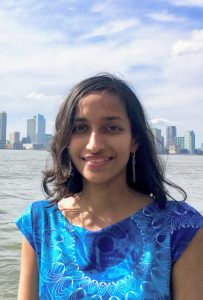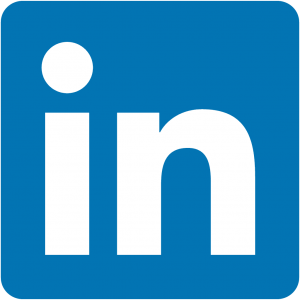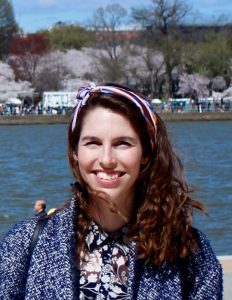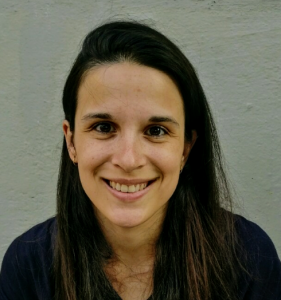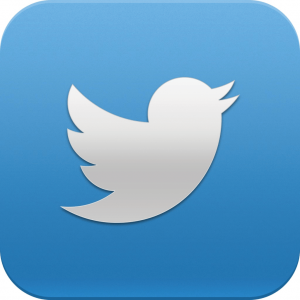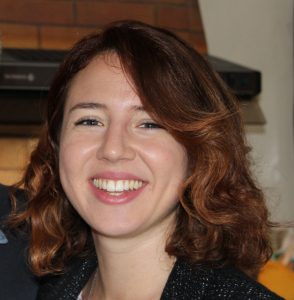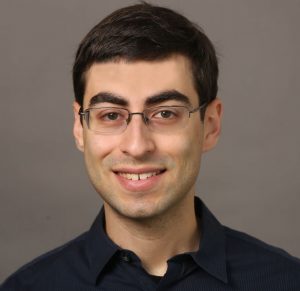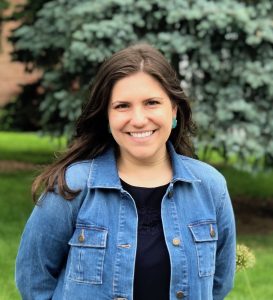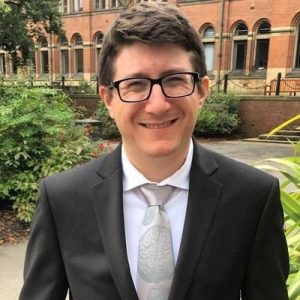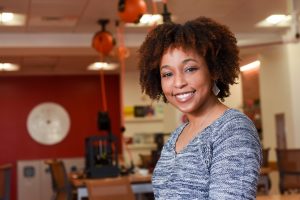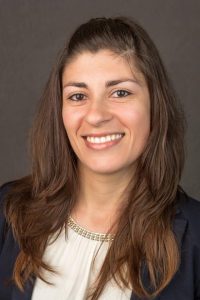We’re back with our ‘Meet the Postdocs’ Series! Today we’re featuring our fearless and incredible CUPS co-President, Olaya Fernandez Gayol.
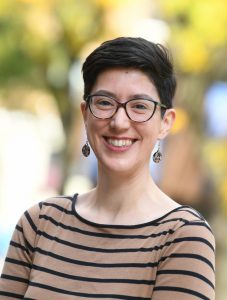
How do you identify? What should we call you?
I identify as a queer woman (pronouns she/her/ella) and my name is pronounced oh-LAH-yah.
Which department are you in at Columbia and what is your position?
I´m a Postdoctoral Research Scientist in the Department of Pediatrics (Division of Molecular Genetics). I’m located in the 6th floor of the Russ Berrie Medical Pavilion in the CUIMC campus.
Where are you from and how long have you been in NYC?
I’m from Spain (from a city in the north called Oviedo) and I have now been in NYC for a little over 2.5 years.
Where did you go to school? Describe your path to your current position.
I did my undergrad in Biology, Master and PhD in Neuroscience all at Universitat Autònoma de Barcelona (Spain). During my PhD, I got a scholarship to come to the US for 3 months to the lab of Dr. Richard Palmiter (University of Washington – Seattle). My PI knew him from previous collaborations, so it was pretty easy to set up. While I was there creating a new transgenic mouse (read about it on this post), Dr. Stephanie Padilla (then a postdoc in the lab) took me under her wing and we worked together on a little project on Agrp neuron activation. Four years later, she reached out to me to tell me that her former PhD advisor, Dr. Lori Zeltser, was looking for a postdoc and that she had recommended me. I interviewed with Lori a couple of times and got the job! I found the project on brain circuits related to anorexia nervosa very exciting and a good change after doing a PhD mostly on obesity. Also, New York City.
What research question are you trying to figure out right now?
I’m working on a couple different projects. My main project is about understanding the role of neurons that produce brain-derived neurotrophic factor (BDNF) in a small area of the brain called the amygdala, and how a very common mutation in humans affects their activity, food intake and stress. The second question I’m tackling is to determine how another mutation (this one in vasopressin receptor 1A), which has been identified in human patients with anorexia nervosa, impacts its activity.
In a nutshell, what tools or approaches are you using to try and figure this out?
I mostly use molecular biology techniques like reverse transcription real-time PCR (DNA amplification from RNA), Western blot (protein quantification) and immunofluorescence (staining of tissue samples) using tissue from mice (both genetically modified and wild type). Recently, I started using cell culture approaches with human cell lines to study the activity of the vasopressin receptor.
What is the best part of your job?
Being so close to first-class researchers who can help me learn new and exciting techniques and being able to attend their talks as well.
Why do you love science?
I really enjoy the troubleshooting part of science, the thrill of getting a new protocol to work to answer your questions!
What advice would you give to people interested in a career in science?
If you are fascinated by discovering new things, science can be a great outlet for that. However, be aware that there is science beyond academic research, this is only a tiny part of the scientific world, and you really need to be aware of what it entails (TALK to people!). Explore other possibilities, there is so much you can do “in science” and not all of it needs to fit the image of the detached from reality scientist we’ve been exposed to.
Tell us a bit about yourself or your projects that are not related to science.
I love musicals, cooking and baking (it’s like science!), hiking and playing board games. A lot of my free time is devoted to either those, or working with CUPS, ECUSA (a Spanish association for scientists in the US) and the NPA.
What is your favorite thing about NYC?
Broadway, duh (September 2021 cannot come soon enough). Apart from that, I really enjoy visiting museums and having picnics in the awesome parks. I also appreciate that it’s easy to catch a train and go hiking to escape the concrete jungle.
What do you like the most about CUPS?
The passionate postdocs who make it up! It’s been an exceptional opportunity to meet people I wouldn’t have interacted with otherwise. In addition, it’s a great chance to build leadership and organizational skills. It allows a hands-on approach to your career development, rather than passively attending events you have a say in determining the programing.
How can folks follow you on social media / contact you?
You can engage with me on the CUPS Slack, by email, Twitter or LinkedIn (all of the above is also a valid answer).
Thank you so much, Olaya!
